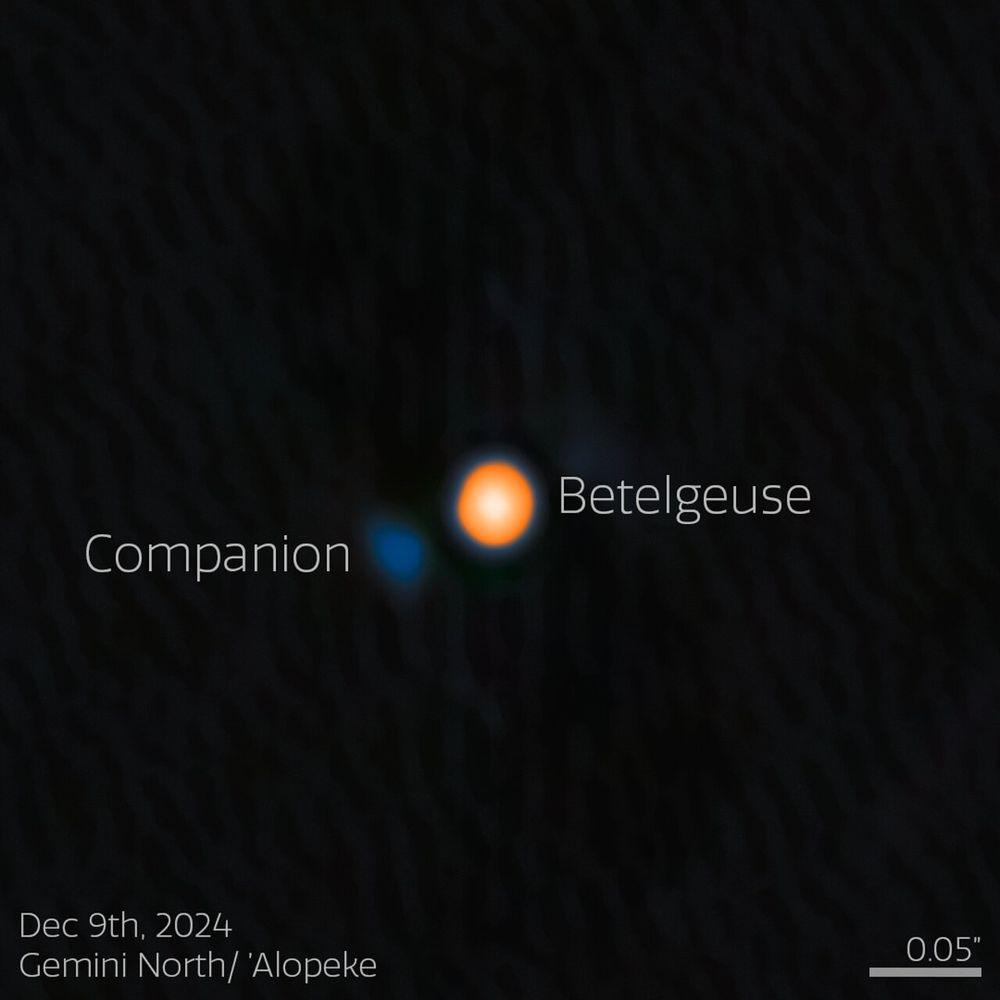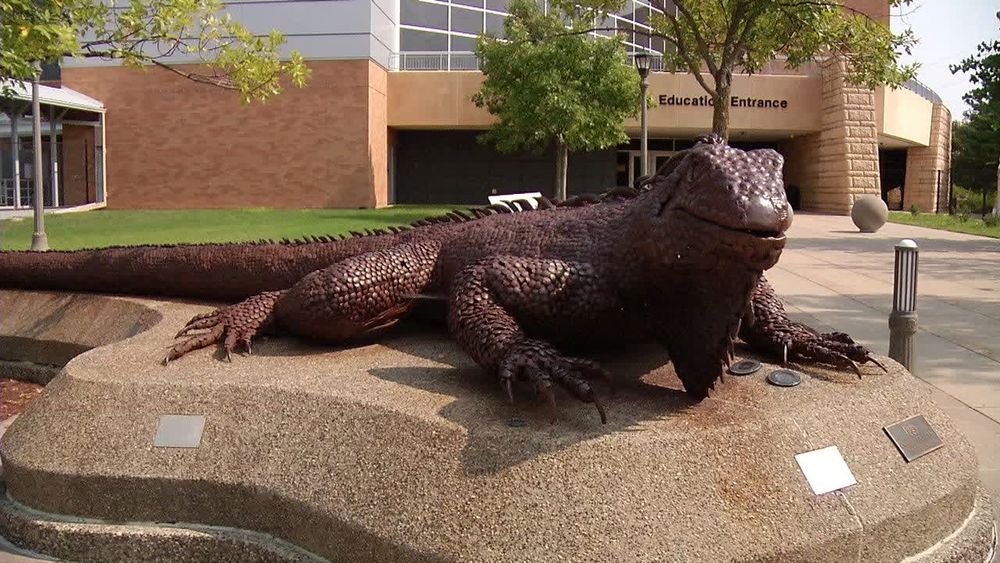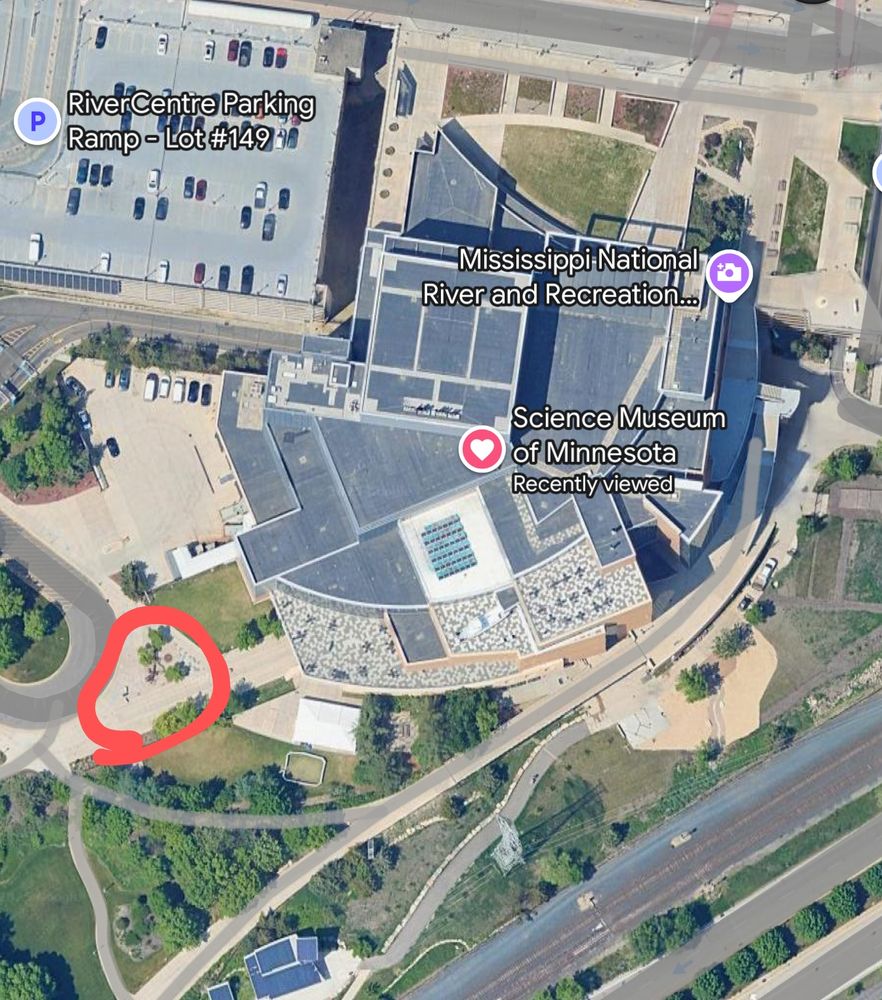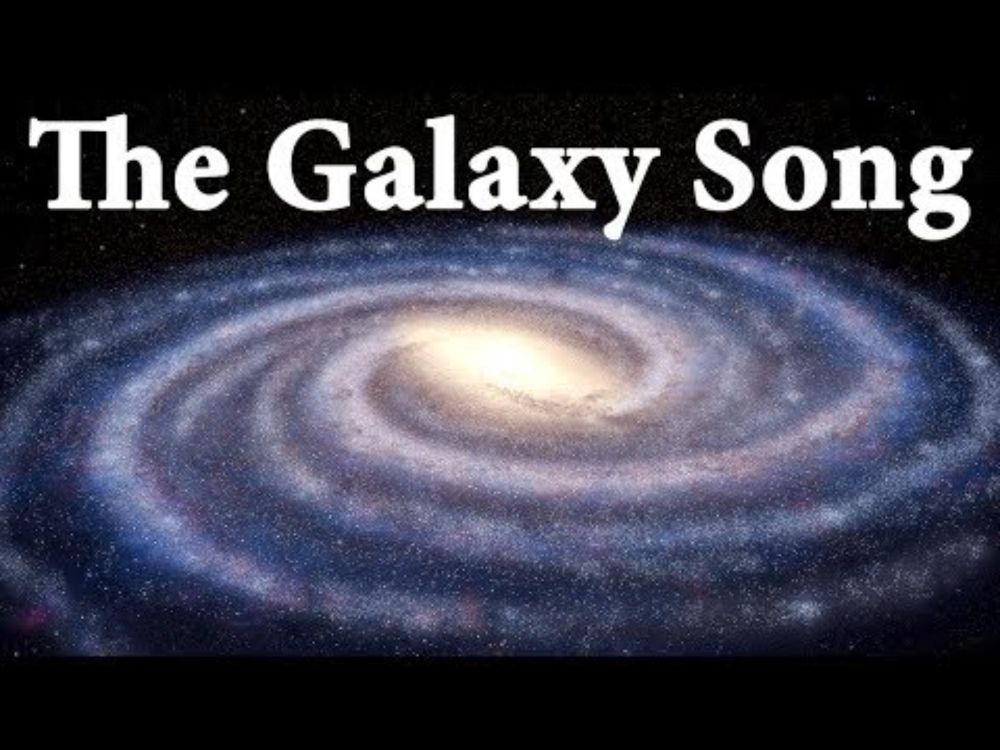Stefan Payne-Wardenaar
@stefanpw.bsky.social
180 followers
740 following
43 posts
I make astronomy (and other science) visualizations in Blender.
Posts
Media
Videos
Starter Packs
Reposted by Stefan Payne-Wardenaar
Reposted by Stefan Payne-Wardenaar
Reposted by Stefan Payne-Wardenaar










